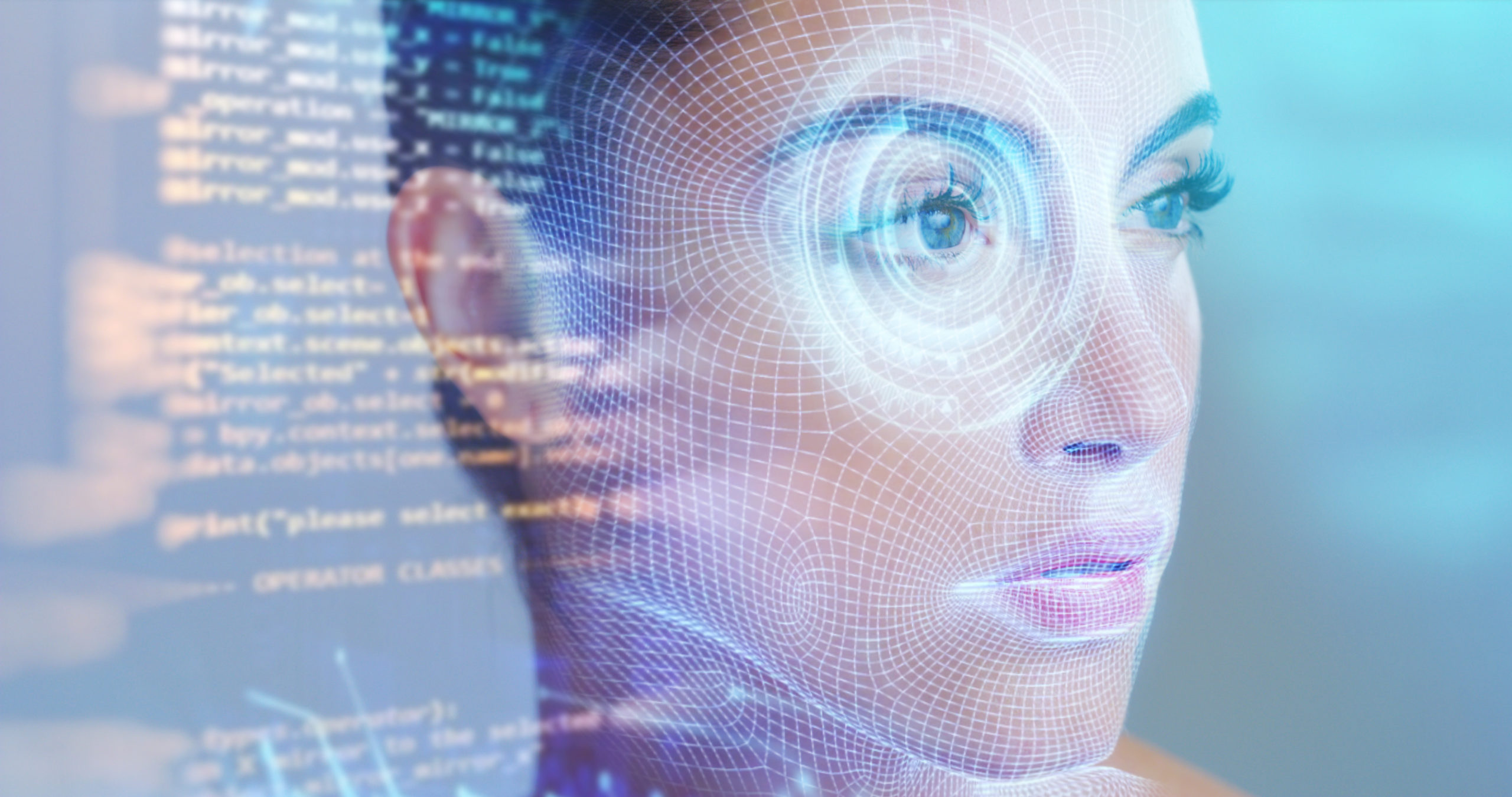Machines that can recognize images, such as robots that possess functioning eyes, have long been a staple of science fiction. However, not until the advancement of artificial intelligence (AI) and its subsets such as machine learning (ML) and deep learning (DL) has image recognition progressed to what it is today. Image recognition has enabled computers to not only see images but understand them as well. Its purpose may seem simple, but at its core, the technology can be complex.
Even today, the concept still seems vaguely ‘science fiction-y.’ Be that as it may, image recognition has progressed to the point that it’s now used in various industries, such as the fields of science, medical, and business. What’s exciting about this is that this technology is just starting to emerge. Its potential is huge. And as AI continues to develop, image recognition in the future could be more effectively integrated into other fields like education and advanced robotics.
Image Recognition Overview
Image recognition, as a subcategory of computer vision, refers to the process of image detection and analysis that makes the automation of a particular task possible. It can identify objects, places, and people as well as the various elements found in an image. Image recognition can then analyze these elements and extrapolate from them.

AI and its subset, deep learning, do most of the heavy lifting in this process. This has been made possible through the development of a deep learning algorithm called the Convolutional Neural Network (CNN), which mimics how a human brain processes images. There are numerous websites you can visit if you want to learn more about CNN.
Due to the advancements made in artificial intelligence in recent years, image recognition is now used by various institutions and businesses.
Image Recognition In Business Applications
Image recognition is used in business applications in many ways. Some of these are the following:
-
Digital Marketing
Marketers don’t have to rely on conventional demographic research to reach their online customers. They just have to use computers to categorize and analyze petabytes’ worth of image data found on the internet. Image recognition helps them target their audience more quickly and accurately than any human. Manually sifting through a ton of images to discover the most effective ones is a thing of the past. AI can even categorize trending images.
Marketers also use image recognition to avoid placing their ads adjacent to other content that clashes with their brand. For example, if their brand has to do with steaks and other meat products, placing their ad near content that targets vegans wouldn’t be wise. AI is also used to evaluate images that have been viewed by users. The AI would then classify these images, including the individual objects in the images.
Marketers, through a piece of software, can assign a visitor to a specific market segment based on the classification done by the AI. Both advertisers and marketers can tap into this information to create targeted campaigns. As any experienced marketer will tell you, targeted campaigns with personalized and relevant ads can boost your conversion rate. And you can do all this without relying on demographic research.
-
Business Process Management
With image recognition, the identification process can be a lot smoother during business operations. It can replace the conventional Face ID. Some companies that have adopted this system use it for identification and process management. Instead of printed ID cards, they use a face-enabled system in the entrance area to let staff members in.
Image recognition, or in this case facial recognition, is also used to allow individuals to do certain tasks like accessing documents and attending meetings. It can grant access to specific areas, too. This system, however, is still far from perfect as facial recognition can be tricky.
Additionally, questions regarding its role in a democratic society are being raised, especially since facial recognition is used by law enforcement agencies. For businesses, however, it’s an efficient and safe system to use—albeit with limitations.
-
Predictive Maintenance In Manufacturing
Through computer vision, image recognition helps make things safer, more efficient, and more effective in manufacturing. Image recognition is deployed in predictive maintenance to recognize potential issues even before they can cause any harm. The technology is also invaluable in quality control. It’s faster and more accurate in checking items; in terms of accuracy and number of items checked, it outperforms humans.

-
Industrial Automation
AI is to robotics as the Iron Man suit is to Tony Stark. He may be a billionaire, genius, philanthropist playboy without the suit, but with it, he’s a superhero. So is AI paired with a robot. Robots are highly useful inventions, but with advanced AI, robotics is taken to a whole new level. Granted, AI and robotics today aren’t advanced enough to be a cause for worry, but they’re advantageous enough to be used as industrial robots.
With AI using computer vision and image recognition, robots equipped with it can accurately locate objects. Industrial robots can even avoid collisions, ensuring precision and efficiency. Their role in the assembly process, including the detection of faulty products, is vital. They also reduce waste by an estimated 20% while increasing productivity by as much as 50%.
Final Thoughts
With the advancement of artificial intelligence, image recognition as a subcategory of computer vision has advanced remarkably thanks to the development of the deep learning algorithm called CNN. As a result, image recognition today is used in various business applications such as business process management, digital marketing, predictive maintenance, and industrial automation.

